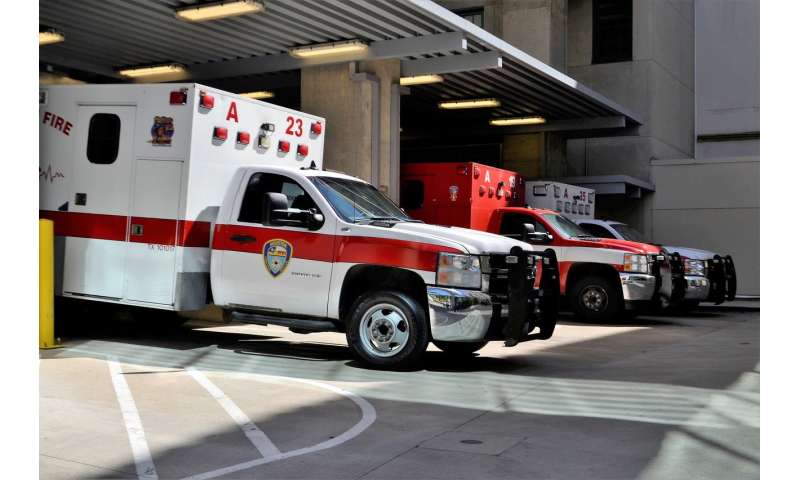
Sudden cardiac death is a common cause of death in patients with reduced systolic ejection function. As part of a long-term observational study, MedUni Vienna researchers from the Division of Cardiology have now shown the importance of the diastolic filling function: the less the heart fills when there is diastolic dysfunction, the more likely patients are to die suddenly of cardiac arrhythmia.
People with ischemic (narrowing of the coronary arteries) or non-ischemic myocardial disease have an inherently higher risk of cardiac arrhythmia. Where the heart’s ejection function is significantly reduced (systolic heart failure), current practice is to also consider an implantable defibrillator (ICD). The ICD then emits an electrical pulse when there is rapid ventricular arrhythmia and/or ventricular fibrillation, until a normal heart rhythm is resumed.
However, every second heart failure patient suffers from the diastolic form (reduced filling function) of heart failure: the stiffened left ventricle cannot expand sufficiently and is filled against high resistance. This means that less blood can flow into the left ventricle but all of it is pumped into the circulatory system. It is even possible that the systolic ejection function (also called the ejection fraction) is maintained. Women and more elderly people are more likely to suffer from this form of heart failure.
“Hitherto, we have distinguished between these two forms when it comes to assessing the risk of sudden cardiac death,” says Principal Investigator Thomas Pezawas from the Division of Cardiology, “Patients with non-systolic cardiac insufficiency are assessed as having a lower risk of sudden cardiac death and are therefore rarely given a primary preventive ICD.”
Diastolic dysfunction also dangerous
For the purposes of the study, 210 at-risk patients who did not previously have cardiac arrhythmia, or only had a mild form of it, were investigated over a period of up to 10 years. “The number of potentially fatal cases is much higher than expected and the correlation with the level of diastolic dysfunction is striking,” says Pezawas, describing the findings that have now been published in top journal Circulation: Arrhythmia and Electrophysiology. “Unfortunately, sudden cardiac death also affects patients with only mild cardiac insufficiency.”
Source: Read Full Article
